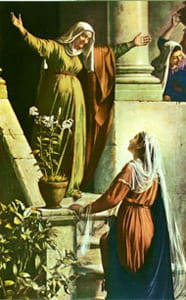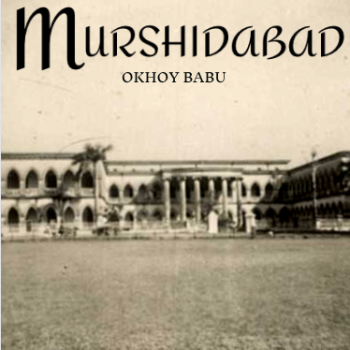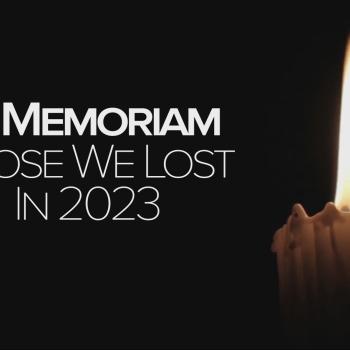 I was recently surprised with a phone call from a dear friend I have known since our kids were toddlers in the same playgroup. Those toddlers are all grown-up, of course, and in my son's case he has two little ones of his own.
I was recently surprised with a phone call from a dear friend I have known since our kids were toddlers in the same playgroup. Those toddlers are all grown-up, of course, and in my son's case he has two little ones of his own.
Diane now lives in Oregon, and I am here in Minnesota. We still have a lot to talk about, and as usual our conversation meandered through many topics. We got onto the subject of the Rosary, and what it was and was not. I had been considering writing about how mysteries of the Rosary and its related scripture had become a big part of my prayer life and—since Diane is a devout Christian, but unfamiliar with the Rosary—I asked her if she would find such a column interesting. As she said she would, here it is!
The Rosary is greatly misunderstood, and not just by non-Catholics; even some Catholics struggle with what they do not understand. Many times people get hung up the idea of the Rosary being a "Mary" prayer—but Mary always points to her son, never to herself. The mysteries are scriptural; centered on Christ and his life's story.
I love the meditative method of prayer with the Rosary; it is meant to provide a framework for the scriptural meditations—with the Joyful, Luminous, Sorrowful, and Glorious mysteries like soft background music.
The Rosary has evolved and changed over the centuries, and it is a profoundly effective tool for placing oneself, prayerfully, within each Gospel depiction of the Lord's life, so that one is there, observing and watching and learning. Often through the day I will pray one decade at a time, and think about those verses, imagining myself watching the story unfold in my mind. It is only one way to pray, of course, but for me it is a way to "pray without ceasing" while being drawn into deeper meditation.
Although I grew up with the Rosary, it became a fixture within my prayer life thanks to my health issues. When I was on dialysis, the Rosary became an oasis of peace in the middle of all the whooshing and beeping of the machines around me.
Each decade begins with the Lord's Prayer. The words of the "Hail Mary prayer," evolved slowly over time; they are taken from the greetings of the angel Gabriel, "Hail (Mary) full of grace, the Lord is with you," and Elizabeth's cry of joy when she is filled with the Holy Spirit as she hears Mary's greeting as she arrives at Elizabeth and Zachariah's home, "Blessed are you among women and blessed is the fruit of your womb, (Jesus)." A petition for her intercessory prayer closes it: "Mother of God, pray for us sinners, now, and at the hour of our death..."
I concentrate on the Joyful mysteries during Advent to prepare for Christmas. Each prayer moves me through the story. In the Annunciation, the angel Gabriel is sent to Mary to tell her that she is "full of grace," chosen by God to be the mother of the long awaited Messiah. She doesn't understand, "How can this be for I am a virgin?" She trusts God nonetheless, and replies to the angel with all humility, "Behold I am the handmaid of the Lord; let it be done unto me according to your word."
With the second decade I am following Mary as she comes to Elizabeth in the Visitation. After the angel tells her that her relative Elizabeth has miraculously conceived a child in her old age, "for all things are possible with God, she leaves "in haste" to visit and be with her to help during the third trimester of her pregnancy.
Think of it. Mary had just been told by the angel that she was in fact the woman Isaiah spoke of, "Therefore the Lord Himself will give you this sign: the virgin will be with child, and bare a Son, and shall name Him Immanuel" (Isaiah 7: 14). I'm sure that she had much to ponder while on her way to help Elizabeth. She was the first to believe.
I love it that God knew Elizabeth was in need of some female companionship, and young Mary also needed to be with her older cousin. They both could use some "girl-talk!"
With that in mind, I move into the third decade; the Birth of the Lord Jesus in Bethlehem, a city whose name means "house of bread." He is born in a smelly cave with only the animals to observe this miraculous birth. Mary and Joseph had to trust in God, but being human they might have wondered—as any of us might—why there?
There are no coincidences or accidents with God. The Word of God incarnate, consubstantial with the Father, chose to come into the world as a helpless newborn, under the poorest of conditions and his cradle was a feeding trough. Think of it, indeed.





